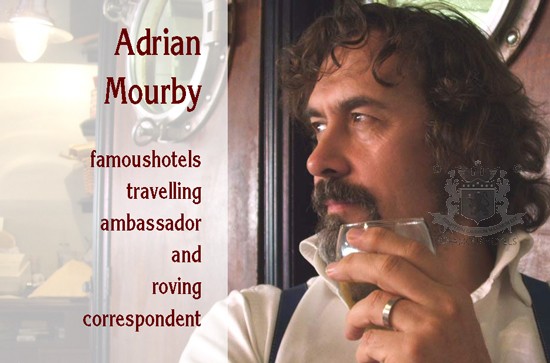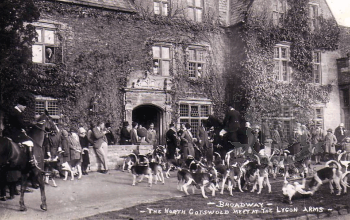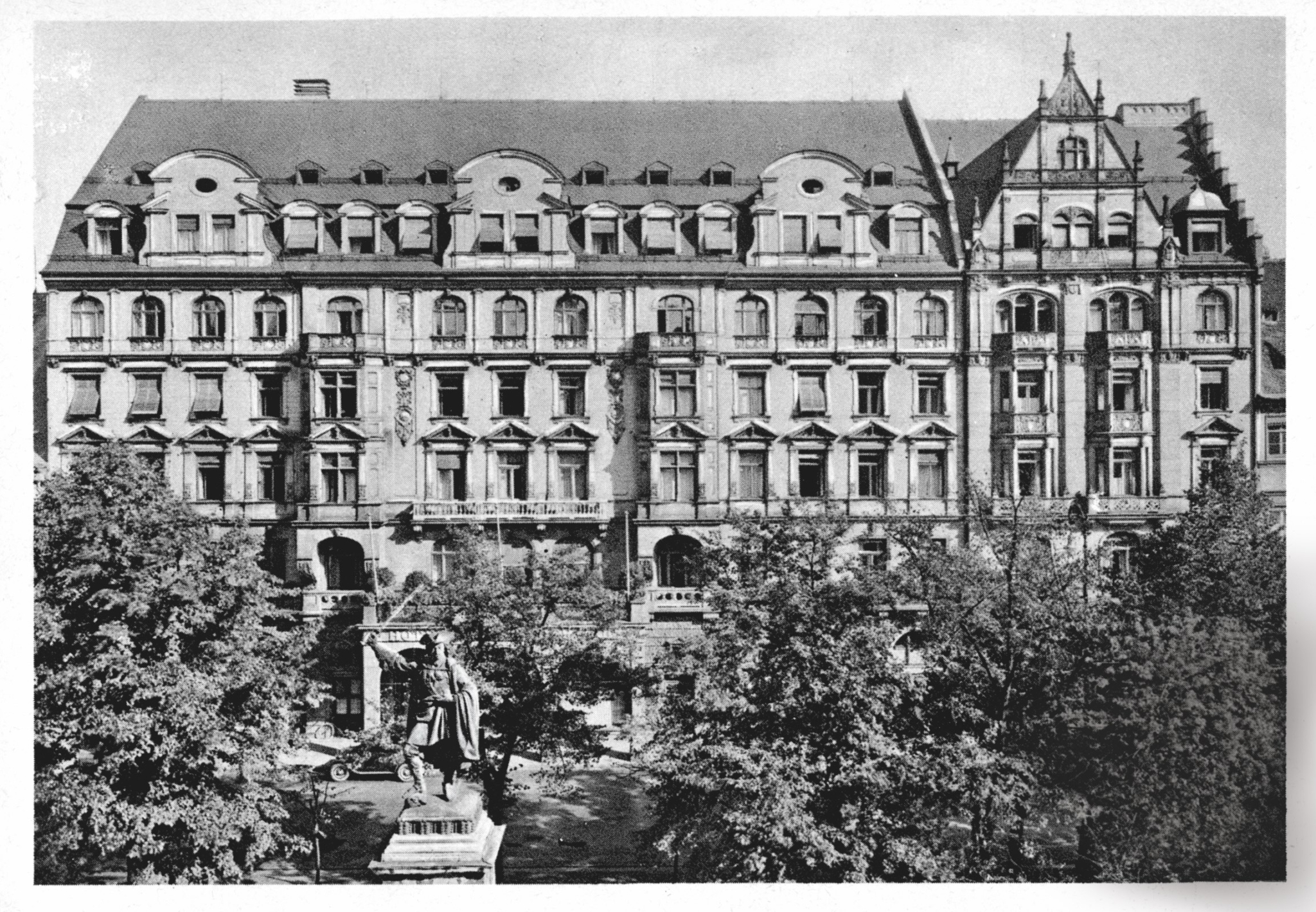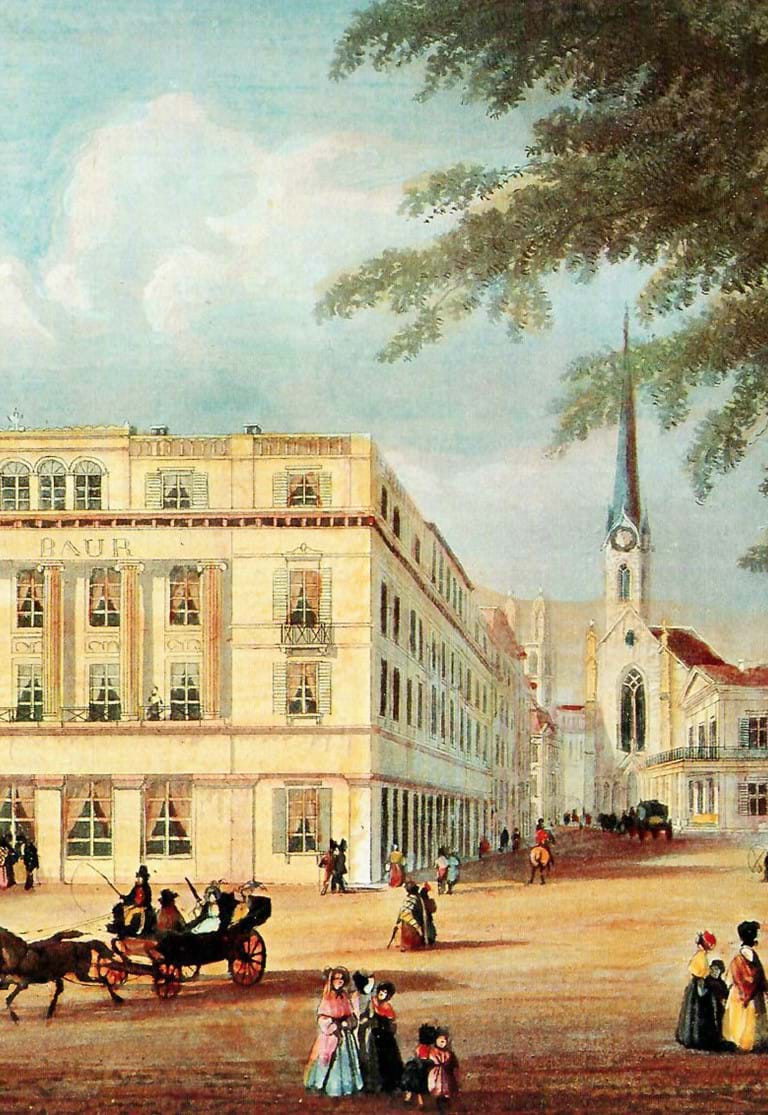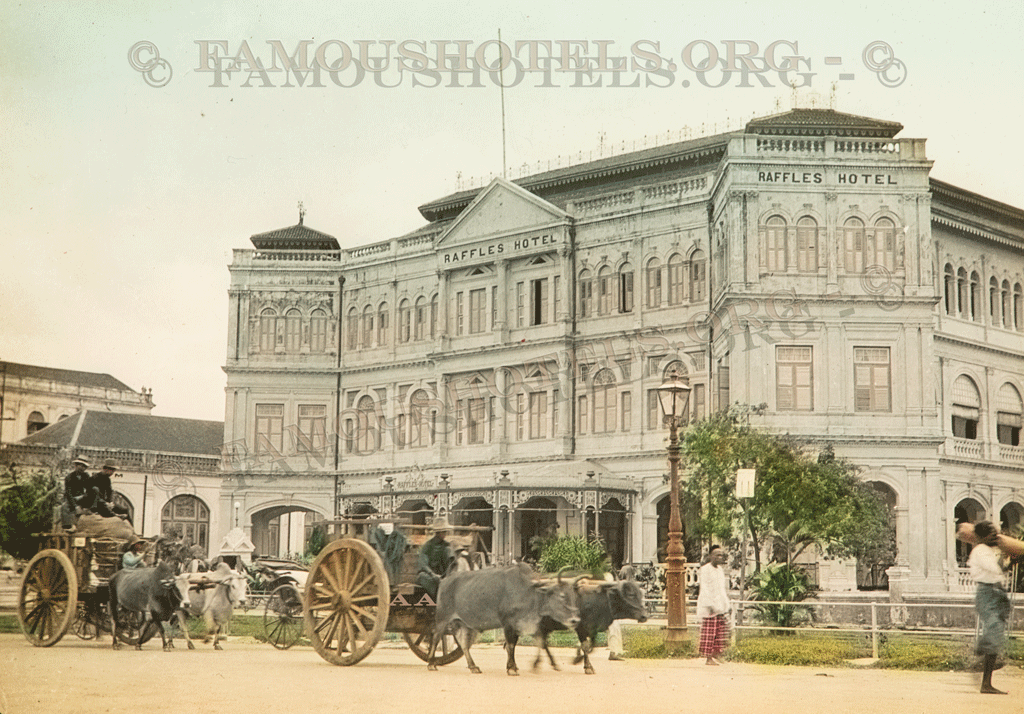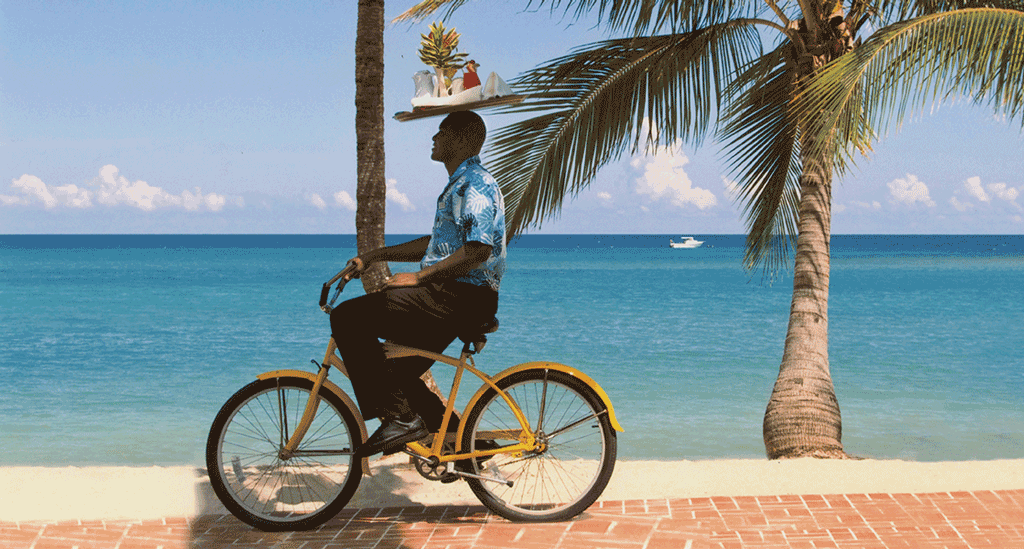Amsterdam: the Dylan Hotel
( words)
By Adrian Mourby 2010
Anyone visiting the Dylan Hotel today passes through a three-arched portal that faces on to the Keizergracht. This stone structure and the yellow-paved courtyard that lies beyond it are all that remains of a stone and brick theatre built here in 1632 by the architect Jacob van Campen. Indeed today the three archways are known collectively as the Van Campen Gate.
In seventeeth-century Amsterdam yellow bricks were used to indicate private land. The three arches at the canal end of the bricked courtyard were the theatre’s box offices. The theatre itself stood at the other end on land now occupied by the Dylan. It was known as the Duytsche Academie and was the project of Dr Samuel Coster who in 1617 had built Holland’s very first public theatre. That building had been constructed of wood and had recently burned down, a common fate for wooden theatres. Van Campen’s ornate new structure was an attempt by Coster to raise a more long-lasting theatrical structure on the Keizergarcht. Before it too burned down performances of plays by Shakespeare, Moliere and Voltaire were given on this stage. Vivaldi conducted the theatre orchestra here in 1737 (the orchestra's centenary year) and Ariana Nozeman, the first woman to perform on the Dutch stage, made her debut at the Academie.
It’s recorded that among the theatre’s distinguished visitors were a czar of Russia, several princes of Orange and an elector of Brandenburg. Cosimo di Medici was also entertained here. Less definite – but greatly intriguing – is the theory that Rembrandt may have painted The Night Watch on the stage of the Duytsche Academie. He most definitely visited the theatre as a member of the audience.
On the night of 11 May 1772 the almost inevitable happened. A pan of candle wax caught fire and ignited the scenery during the performance of a Flemish operetta and Dr Coster's second theatre burned to the ground with some loss of life.
The site was sold the next year for the construction of a headquarters building for a Roman Catholic charitable office that ministered to the poor and elderly in Amsterdam. In 1787 a bakery was built at the back on lower ground. When this site was converted into a hotel in the 1980s, the bakery became the Dylan’s Michelin-starred restaurant, Vinkeles.
The Dylan, an attractive building in sombre hues of dark brown and white, has large lofty reception rooms and spacious bedrooms. It has extended beyond the footprint of the old theatre into the Geboum Zuid-Holland building next door. As guests arrive they pass a plaque in the courtyard with a statue commemorating Dr Coster and his colleagues. It reads:
Hoooft * Coster * Vondel * Pioneers Van Het Nederlands Toneel Op Deze Plaats
(Hooft, Coster, Vondel, Pioneers of the Dutch Stage in This Place) with the dates 1617, 1637, 1772 and 1984.
1984 is the date that the plaque was erected. I wonder how many visitors know what happened on this site on the other three dates.

